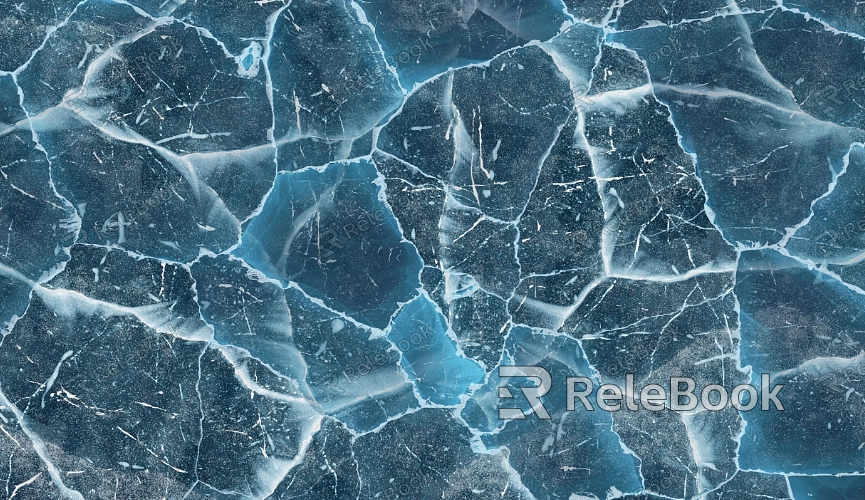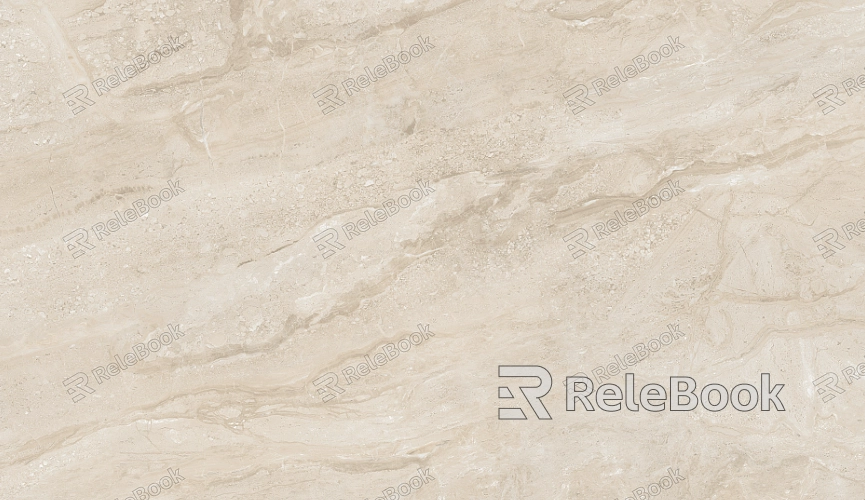How to Make a Seamless 3D Texture
Seamless textures, by definition, are textures whose edges show no visible seams, allowing them to tile smoothly across the surface of a 3D model without noticeable joins or repeating patterns. These textures are widely used in areas like game design, virtual reality, animation production, and product visualization. They are particularly useful for covering large surfaces such as floors, walls, fabrics, and natural landscapes. Common 3D modeling software like Blender, Maya, 3ds Max, and Substance Painter are all capable of creating seamless textures. In this article, we will explore several methods for creating seamless 3D textures, helping designers achieve more natural and realistic results in their projects.

1. Understanding the Basics of Seamless Textures
The first step in creating seamless textures is understanding what they are. A seamless texture refers to a texture where the edges can be repeated without any obvious boundary, creating the illusion of an endless surface. This type of texture is especially useful for large areas in 3D models, like floors, walls, or ceilings. In games or virtual environments, avoiding visible repeats or seams is crucial for maintaining a more natural, realistic look.
When creating seamless textures, there are a few important factors to keep in mind:
Repetition: The edges of the texture must connect smoothly without any visible seams.
Consistency: The details at the texture’s seams must match up, ensuring a smooth transition without sharp contrasts.
2. Using Photoshop for Seamless Texture Editing
Photoshop is one of the most popular tools for creating seamless textures. With its powerful image editing features, you can easily transform a standard texture into a seamless one. Here’s how:
Prepare the Texture Image: Start by choosing or creating a texture image that has sufficient detail and resolution.
Use the Clone Tool: The Clone Stamp and Healing Brush tools are great for fixing seams. These tools help smooth out the edges and eliminate any visible joining marks.
Create the Seamless Effect: Use the "Offset" filter (Filter > Other > Offset) to move the edges of the texture to the center of the image. Then, use the Healing Brush or Clone Stamp to fix the center, ensuring the texture flows smoothly.
Refine the Details: Lastly, fine-tune the details to make sure the texture looks consistent and natural, avoiding any repeating patterns that might be visible.
These steps will help you transform a regular texture into a seamless one, making it perfect for use in a variety of 3D modeling projects.

3. Making Seamless Textures in Substance Painter
Substance Painter is a powerful texture painting tool that’s excellent for creating high-quality 3D textures. When working in Substance Painter, designers can leverage its built-in tools and material libraries to achieve seamless results with ease.
Create a Base Texture: First, import your 3D model into Substance Painter and create your base texture maps. Be sure your model’s UV mapping is well laid out to ensure the texture applies evenly.
Use Smart Materials: Substance Painter offers a range of smart materials that automatically adjust texture details, preventing seams from appearing. By tweaking material parameters, you can make the texture more lifelike.
Paint Seamless Patterns: While painting textures on your model, make sure the edges of the texture are blended smoothly. You can adjust brush settings to avoid repeating patterns and achieve a more natural look.
Bake the Seamless Texture: Use baking techniques to generate and apply detail maps to your 3D model, ensuring the seamless texture is correctly applied across the surface.
Substance Painter’s intuitive tools and materials make the process of creating seamless textures more efficient and creative.
4. Working with Seamless Textures in Blender
Blender, being a free and versatile 3D modeling software, also offers a robust set of tools for creating seamless textures. Here’s how you can process seamless textures in Blender:
UV Unwrapping: Start by ensuring your 3D model’s UV mapping is correct. Use Blender’s "Unwrap" tool to adjust UV coordinates so that the texture can be mapped evenly onto the model.
Apply Image Textures: Import your image textures into Blender and map them onto the model. Adjust the image’s scale and position to ensure the edges of the texture join seamlessly.
Detail Refinement: Use Blender’s "Texture Paint" feature to manually adjust the seams of the texture, blending the edges and further refining the transition between textures.
Blender’s texture painting tools are flexible and powerful, making it easy for designers to create seamless textures efficiently.
5. Consider Texture Resolution and Detail
The quality of a seamless texture isn’t just about fixing seams; it’s also highly dependent on the texture’s resolution and level of detail. Higher resolution textures provide more fine details, making the model’s surface appear more realistic. It’s also essential to ensure that the details in the texture are consistent across different areas of the model to avoid unnatural transitions.
6. Finding High-Quality Texture Resources
If you’re looking for high-quality seamless textures, Relebook offers a vast library of textures that can help you quickly find the perfect fit for your project. By visiting Relebook, you can not only find seamless textures but also discover additional assets to meet your specific needs, improving the quality of your renders and streamlining your design workflow. Head over to https://textures.relebook.com/ to boost your creative inspiration!
By following the methods outlined in this article, you can master the art of creating seamless 3D textures. Whether you’re using Photoshop to fix images, painting textures in Substance Painter, or creating seamless effects in Blender, each technique will help you achieve a perfect result. Seamless textures add a level of naturalism and realism to your projects, making them an essential skill for every 3D designer.

